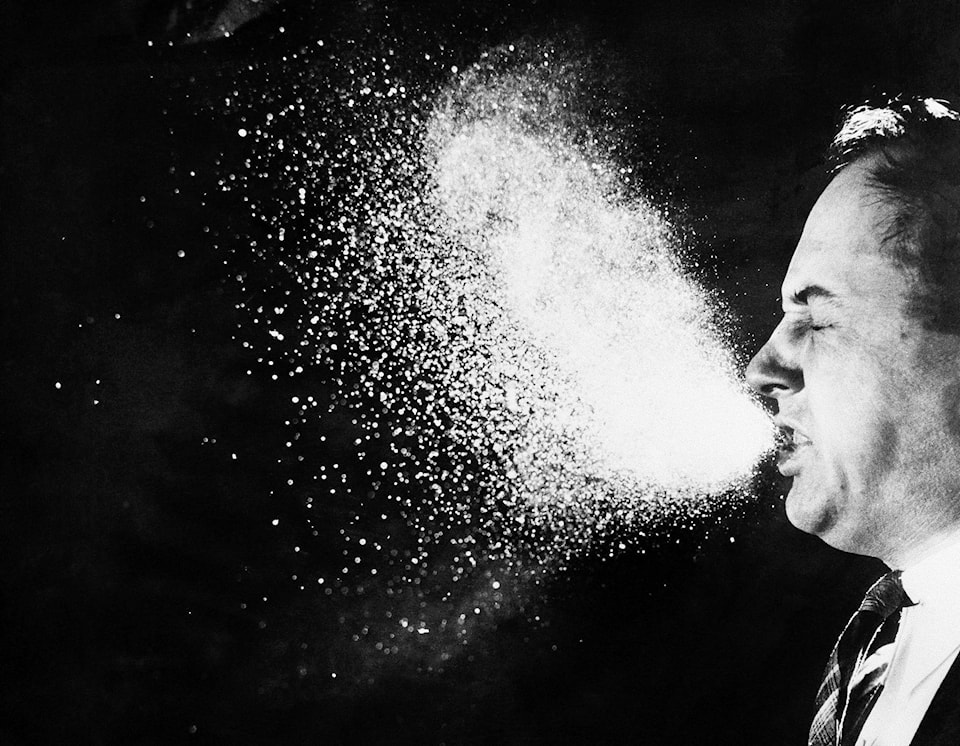The Centers for Disease Control and Prevention reported there are more than 400 cases of the new coronavirus, called COVID-19, in the United States.
Amid reminders to wash your hands and school closings, many may be wondering about how they can tell the difference between the new virus and two others that typically spread during this time of the year: the common cold and influenza.
Coronaviruses are a large family of viruses, according to the CDC. COVID-19, or coronavirus disease 2019, is a new disease caused by a new coronavirus that has not been seen in humans before. The World Health Organization defines it as an infectious disease caused by the newly discovered coronavirus, which had been unknown before WHO said “the outbreak began in Wuhan, China, in December 2019.”
What is the flu?
The flu, or influenza, stems from four types of viruses: A, B, C and D. It’s influenza viruses A and B that cause the seasonal epidemic known as the flu season each year, according to the CDC. C viruses typically lead to mild illness and are not thought to be a part of the annual flu epidemic. D viruses, meanwhile, are not known to infect or cause human illness; they primarily affect cattle.
What is a cold?
The CDC reports the cold can be caused by many viruses, but the primary cause comes from rhinoviruses.
The symptoms for both viruses present some overlap, but there are a few differences between the two.
—Coronavirus symptoms typically start gradually include the following, according to WHO:
Symptoms are typically mild, according to WHO, with the CDC saying that is also typically the case with children. Sometimes, people become infected but do not show any symptoms or feel unwell. One in six people infected with COVID-19 falls seriously ill and experiences trouble breathing. However, older people and people with underlying illnesses —including heart issues, diabetes or high blood pressure —are more likely to develop serious illness.
The organization notes that while there’s no evidence that current medicine can prevent or cure the disease, medicines of the traditional and Western variety as well as home remedies can alleviate symptoms. It’s not recommended that people use medicines or antibiotics to treat the new virus on their own as a method of prevention or cure.
—Flu symptoms begin abruptly and include the following, according to the CDC:
Some people may experience vomiting and diarrhea, but it is more common in children than in adults, according the agency. Antiviral drugs can lessen symptoms and shorten the duration of the flu by one or two days. Additionally, the drugs can prevent serious complications of the infection, including pneumonia. People who are at higher risk of flu complications can be treated with antiviral medication, which can potentially mean the difference between milder or a more serious illness.
—Cold symptoms begin gradually include the following, according to the CDC:
There’s no cure for the cold and most people recover in 7-10 days, according to the agency. Still, for people with respiratory illnesses like asthma or weakened immune systems, the CDC said it’s possible to develop serious illnesses like pneumonia or bronchitis. People with the cold are encouraged to drink enough fluids and get plenty of rest. Over-the-counter medicines can also provide comfort, but they won’t shorten the duration of a cold.
Should anyone be doubtful of a potential virus they’ve contracted and experiences the above symptoms, they should check with their doctor.
